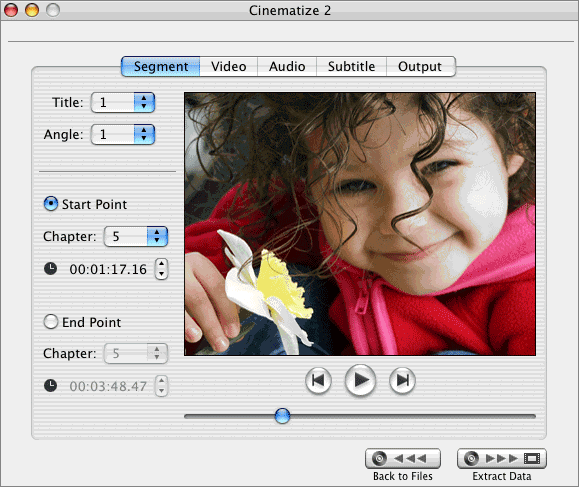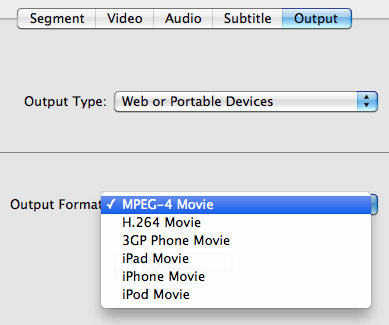

It was released in the United States as Warrior Prince or The Prince of Light: The Legend of Ramayana by Krishna Shah, further localized English dub with narration by James Earl Jones, prince Rama voiced by Bryan Cranston and additional music by Alan Howarth.
#Cinematize program tv
But later it was released on TV channel Cartoon Network.
#Cinematize program movie
The film was not released on a large scale as the Ram Janmabhoomi (Birthplace) Movement was at its peak and the movie made into controversy. This film was distributed as a work in the 40th Anniversary of the Establishment of the Diplomatic Relations between Japan and India. Arun Govil, who is popularly known for playing the role of Rama in Ramayan (1987 TV series) voiced Prince Rama in the version. The Hindi dub version was released in the late 1990s. The film was also shown at the 1993 Vancouver International Film Festival. The original English version with Sanskrit songs was worked on by teams from both countries and was screened for the first time at 24th International Film Festival of India, New Delhi, January 10–20, 1993. Song of the monkeys when constructing the bridge


With folded hands sits before Sita and sings Mishra (Hindi).Įnglish Version Soundtrack (Sanskrit) Song The lyrics are written by Vasant Dev (Sanskrit) and P.K. There are different songs for the Original English Version (sung in Sanskrit) and the Hindi Dub version (sung in Hindi), both are listed below. With no choice and support left, the movie was ultimately produced in Japan with nearly 450 artists from both nations contributing to its creation.

Also, the fact that the movie was being made at the height of the Ayodhya dispute, added to the controversy and axed the prospects of producing it in India. The Government agreed initially, but later declined his proposal for a bi-nation collaboration, saying the Ramayana is a very sensitive subject and cannot be portrayed as a cartoon. He told them that animation was a serious art form in Japan and it would help bring the Ramayana to a wider global audience. After the misconceptions were cleared, Yugo Sako proposed the idea of an animated Ramayana to the VHP and the government. Soon thereafter, a protest letter based on the misunderstanding from the Vishva Hindu Parishad was received by the Japanese Embassy in Delhi, which said that no foreigners could arbitrarily cinematize Ramayana because it was the great national heritage of India. The Indian Express misinterpreted Yugo Sako's "The Ramayana Relics" documentary and published that he was making a new Ramayana. Indian animators guided their Japanese teammates with Indian customs and traditions depicted in the film like how dhotis are worn and how the children receive blessings from their elders. was set up and the principal animation of the film began in 1990 with 450 artists on board. financed the production and a new production studio Nippon Ramayana Film Co., Ltd. After reading the Ramayana he wanted to adapt it into animation as he didn't think a live-action movie could capture the true essence of Ramayana, "Because Ram is God, I felt it was best to depict him in animation, rather than by an actor." TEM Co., Ltd. He liked the story of the Ramayana so much that he researched deeper into the topic and went on to read 10 versions of the Ramayana in Japanese. Lal near Allahabad in Uttar Pradesh (India) Yugo Sako came to know about the story of Ramayana. In 1983, while working on "The Ramayana Relics" a documentary film about excavations by Dr. Learning this, Rama and Lakshmana sets out to rescue Sita with the help of Hanuman and Sugreeva, the king of Kishkindha who leads an army of monkeys called Vanara. Although it was banned in India during the Babri Masjid riots, it was later dubbed in Hindi and aired on DD National.Īyodhya king Dasharatha is forced by his third wife Kaikeyi to exile prince Rama for 14 years, where Rama, along with his brother Lakshmana and wife Sita departs from Ayodhya, and starts a new life in the forest until Ravana, the demon king of Lanka kidnaps Sita in order to destroy Rama. The film was directed by Koichi Sasaki and Ram Mohan, with music composed by Vanraj Bhatia. Ramayana: The Legend of Prince Rama is a 1992 anime film co-produced by Japan and India and produced and directed by Yugo Sako and based on the Indian epic the Ramayana.


 0 kommentar(er)
0 kommentar(er)
